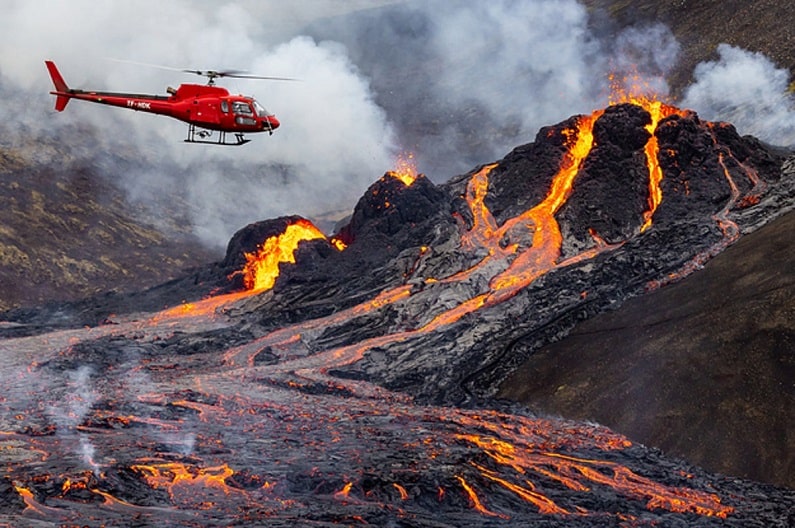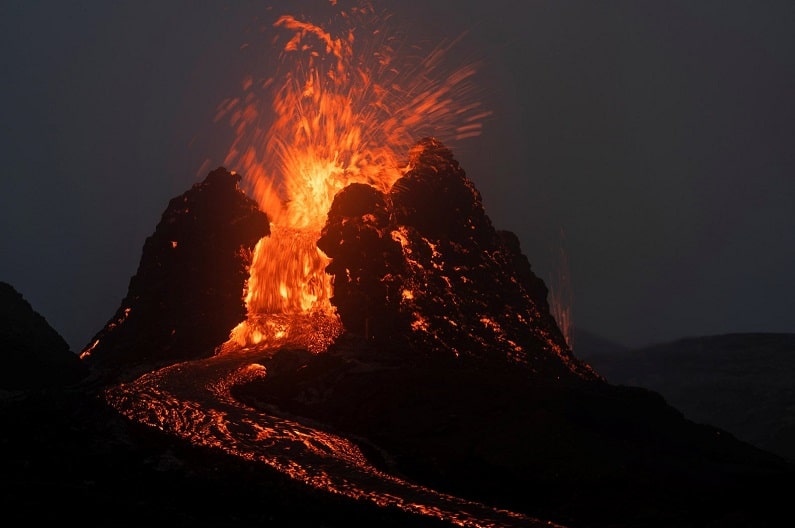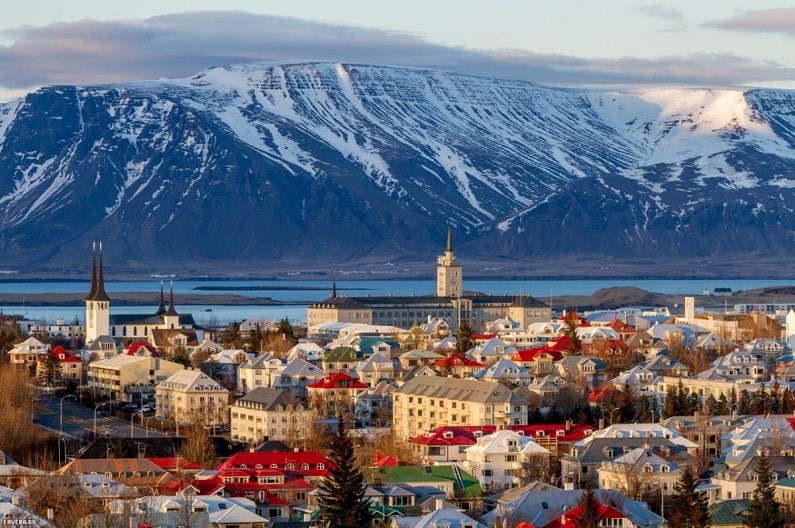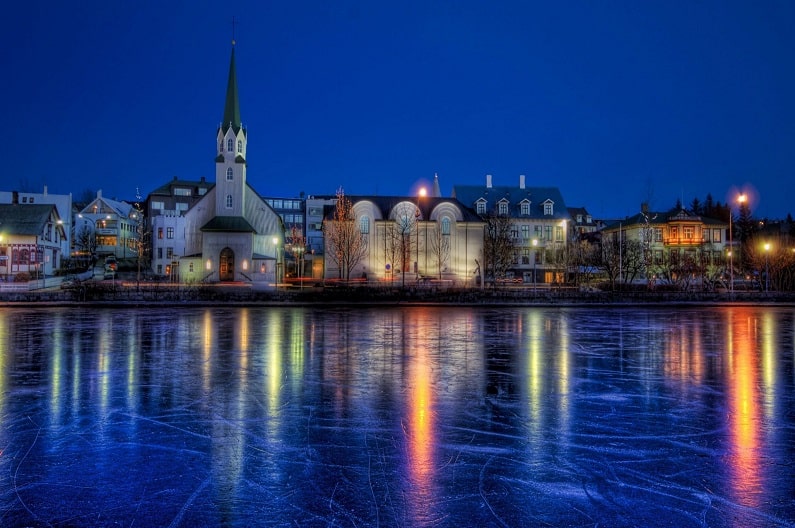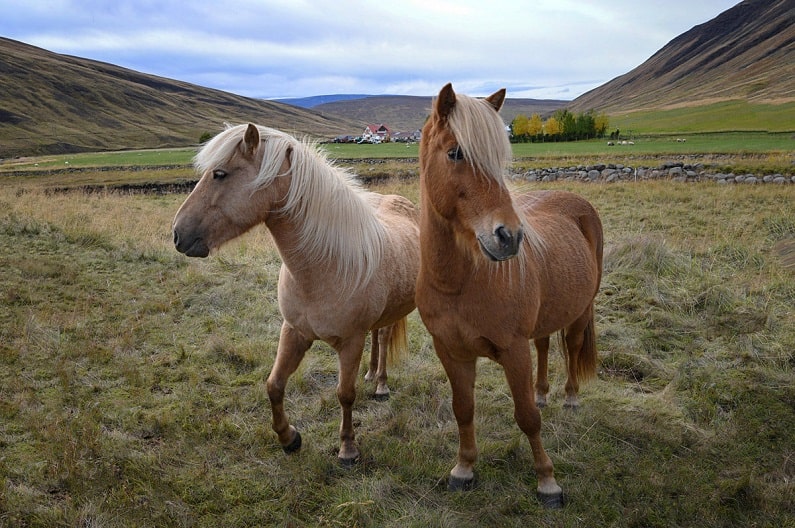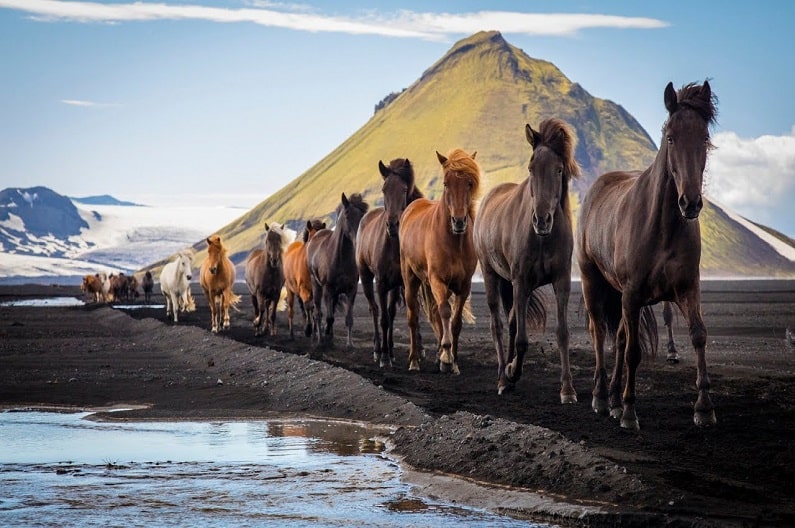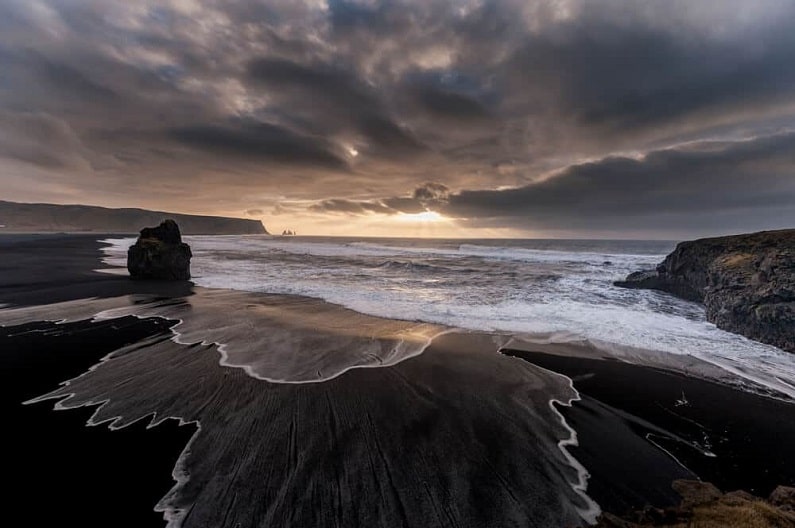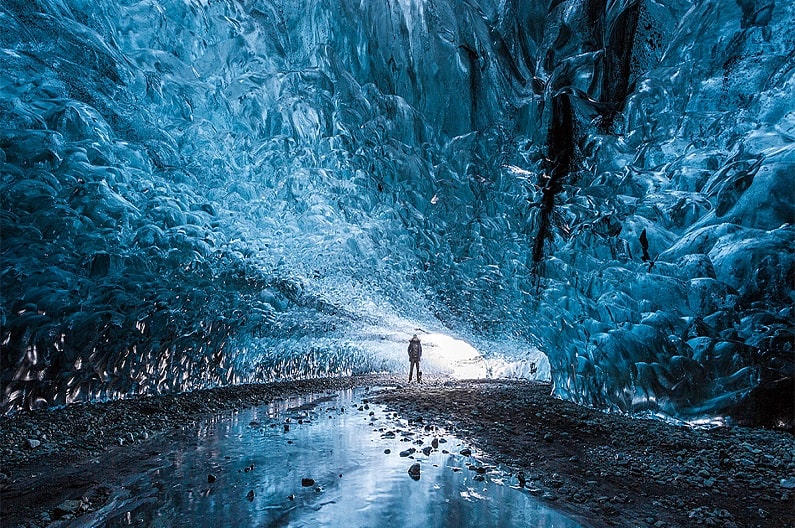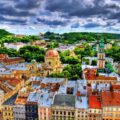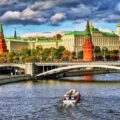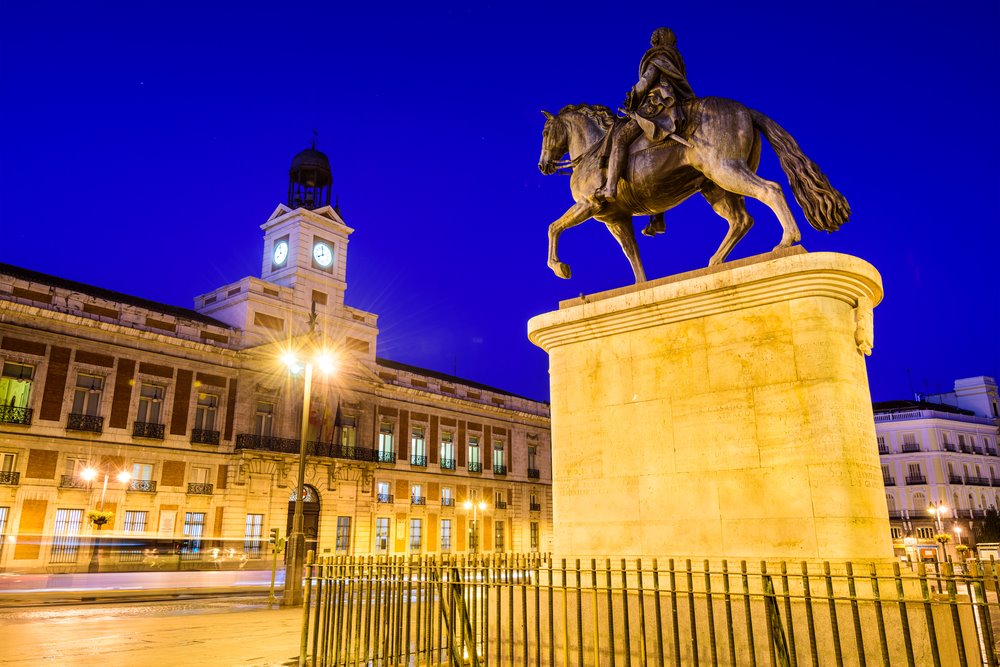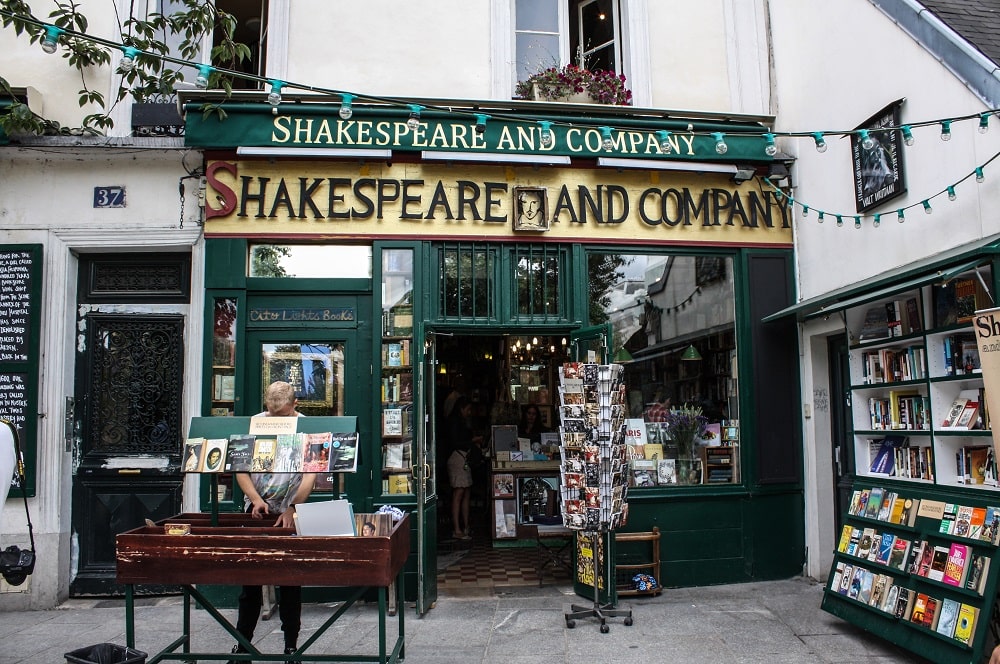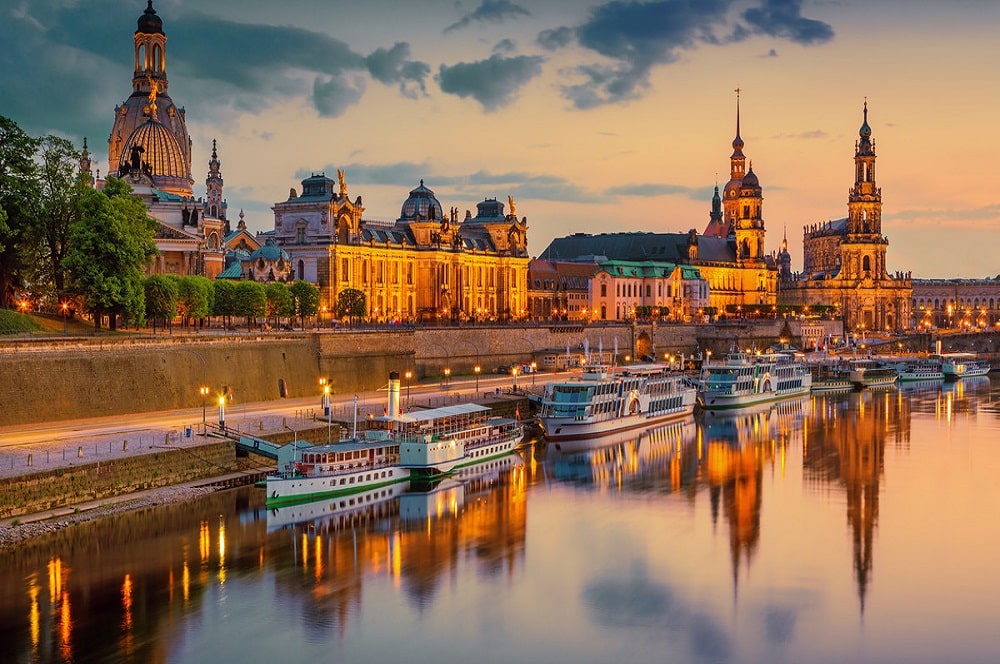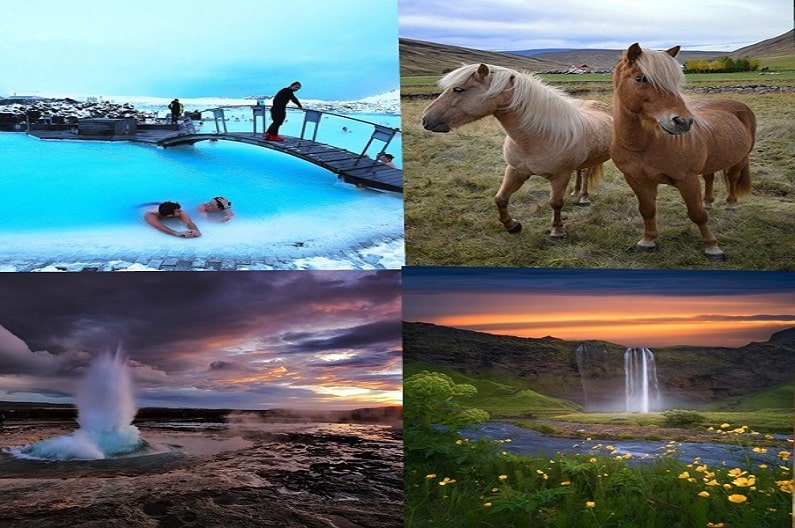
Iceland is an island and European country located in the north of the Atlantic Ocean, southeast of Greenland, and northwest of Scandinavia and Great Britain. Iceland, a state that was founded on a volcanic island and consists of many small islands around it, was discovered by the Norwegians in 861 and the Vikings from Norway settled on the island for the first time in the 9th and 10th centuries.
With its 15 active volcanoes, nearly 10 thousand waterfalls, its white cover in winter, its lush nature in spring and summer, Iceland, which has been a tourist attraction in recent years, adorns the dreams of many with its people, nature, and geography.
*** You may be interested in; The 6 Most Interesting Bubble Hotels in the World
1. Glaciers
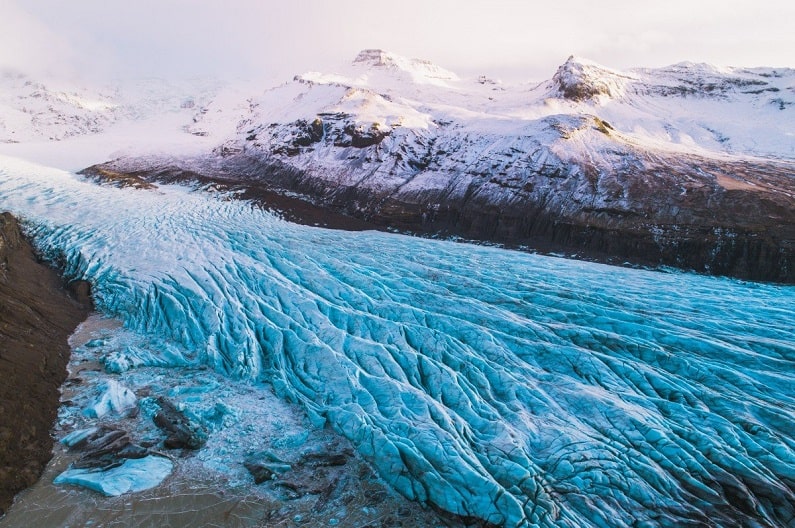
Vatnajökull, Iceland’s largest glacier, is Europe’s largest glacier in terms of volume, after the Austfonna glacier in Norway. Vatnajökull also has the highest peak under the glacier in Iceland. Hvannadalshnjúkur Mountain, which is mostly under the glacier, is 2,200 meters high.
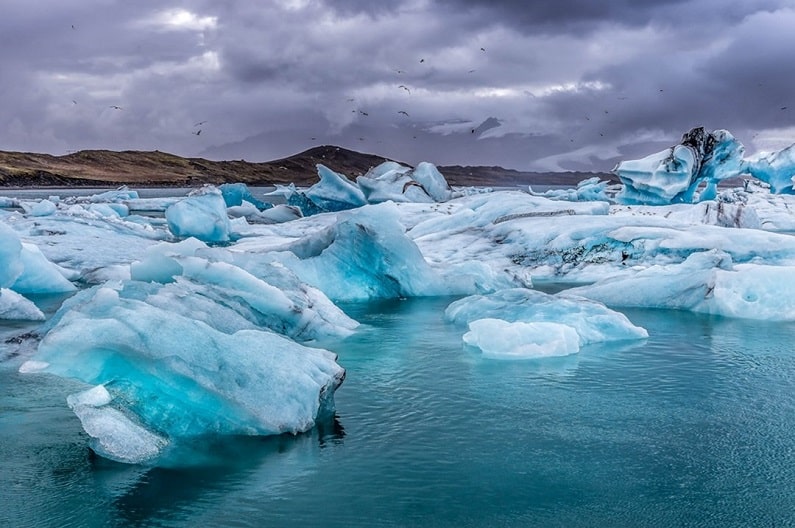
It also covers some of the most active volcanoes in the country. The most notable among them are Grímsvötn, Örafajökull, and Bárðarbunga. 10 reasons to visit Iceland. You can take a glacier walk around it or visit the incredibly impressive Diamond Beach, which is made up of glacier pieces.
*** You may be interested in; 15 Most Beautiful Photography Museums in the World
2. Blue Lagoon
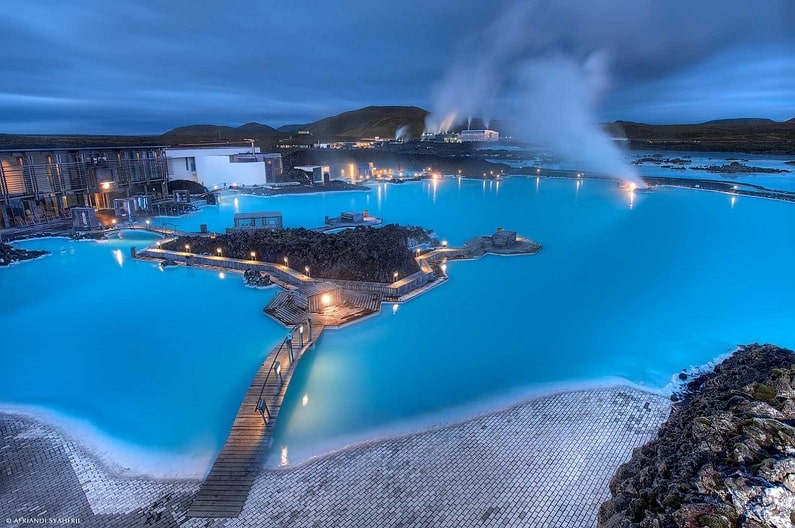
Blue Lagoon geothermal hot springs are one of the most visited regions of the country. It welcomes its visitors with its hot spring water even at low temperatures in the thermal springs on the Reykjanes peninsula. The region, which has healing waters, has been welcoming visitors to the region for decades.
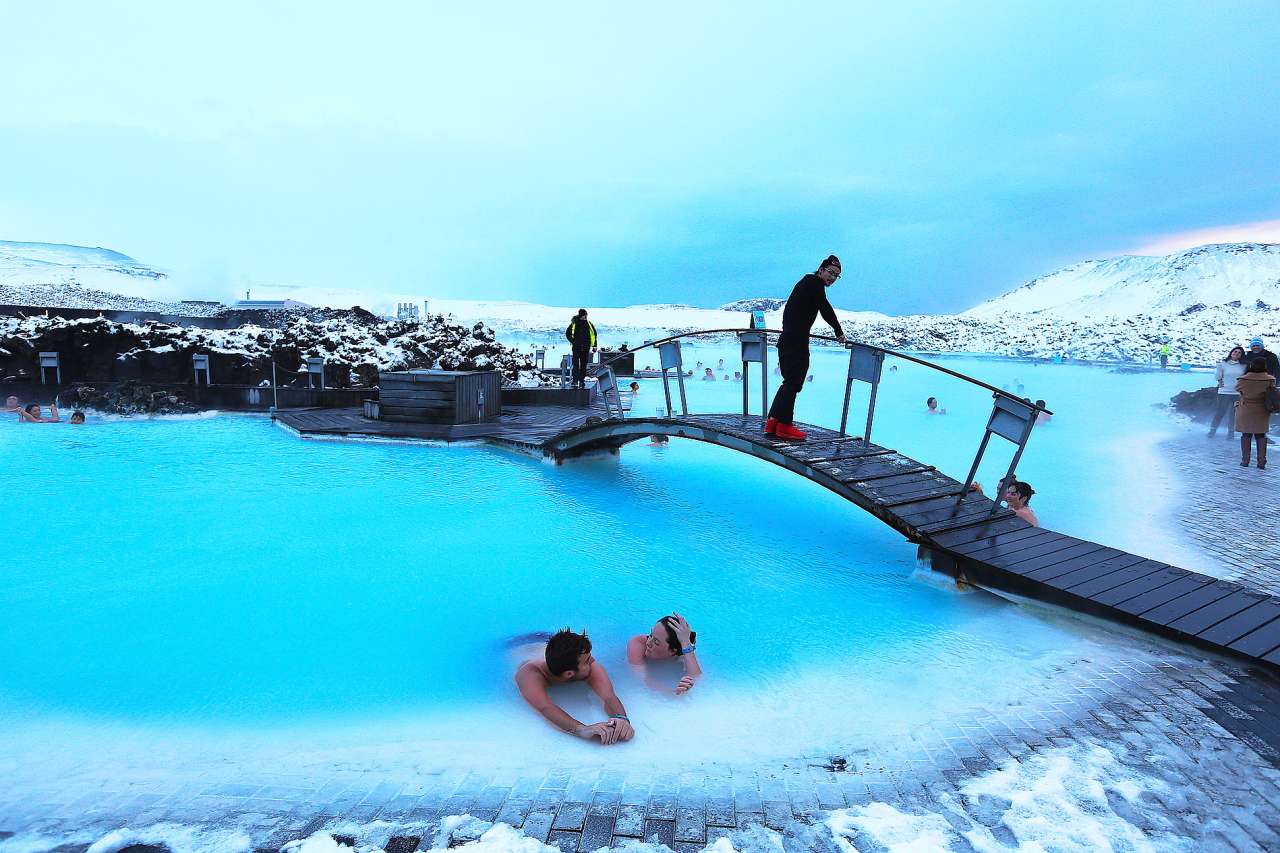
About an hour away from Reykjavik, the capital of Iceland, one of the richest countries of the continent in the north of Europe, the Blue Lagoon is located on land covered with lava. The Blue Lagoon, Iceland’s most famous thermal spring, which is rich in silica and sulfur, owes its blue color to this. The average temperature is 38 degrees.

The Blue Lagoon, which has been active since 1976, has undergone various changes over time. The lagoon, which has increased in popularity since the 1990s, welcomes many tourists today. The Blue Lagoon, which attracts great attention because it is good for various skin diseases, has been in the status of a health facility providing an official service since 1992.
*** You may be interested in; The 15 Most Famous Towers in the World
3. Waterfalls
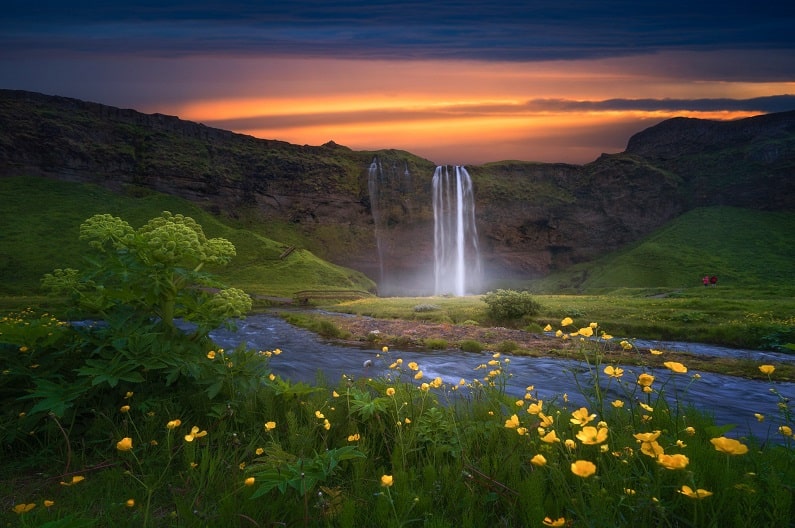
Waterfall paradise Skogafoss and Seljalandfoss are some of the most famous in Iceland. The Golden Circle tour with its magnificent waterfalls and crater lake is also one of Iceland’s fascinating places.
*** You may be interested in; Europe’s 10 Hidden Special Routes
4. Northern Lights
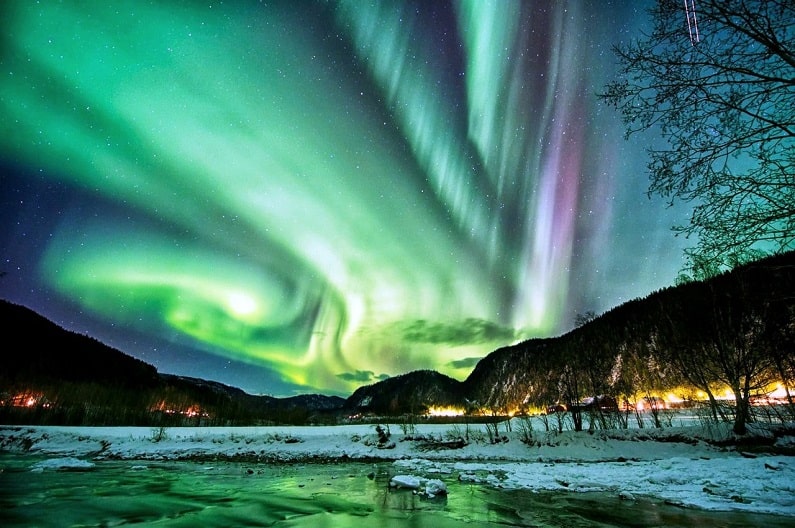 Northern lights are the name given to the radiations that occur as a result of the interaction of the magnetic field of the earth and the energetic particles reaching the Earth from the Sun. The fact that the term northern lights are used more often than southern lights is that fewer people live at the south poles, that is, in Antarctica.
Northern lights are the name given to the radiations that occur as a result of the interaction of the magnetic field of the earth and the energetic particles reaching the Earth from the Sun. The fact that the term northern lights are used more often than southern lights is that fewer people live at the south poles, that is, in Antarctica.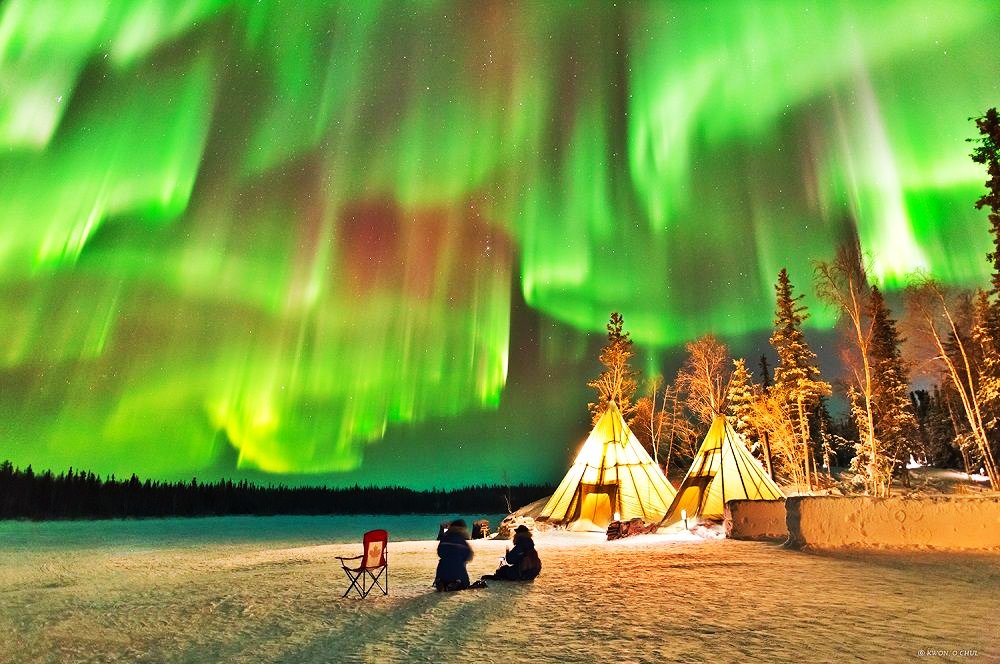 The most common dates are the days between September 23 and March 21. In order to see the northern lights more clearly, some conditions must be met. For example, the clearer the sky, the clearer the lights. Also, the darker the air, the clearer, and clearer they are.
The most common dates are the days between September 23 and March 21. In order to see the northern lights more clearly, some conditions must be met. For example, the clearer the sky, the clearer the lights. Also, the darker the air, the clearer, and clearer they are.
*** You may be interested in; 6 Best Places to Watch the Northern Lights
5. Geysers
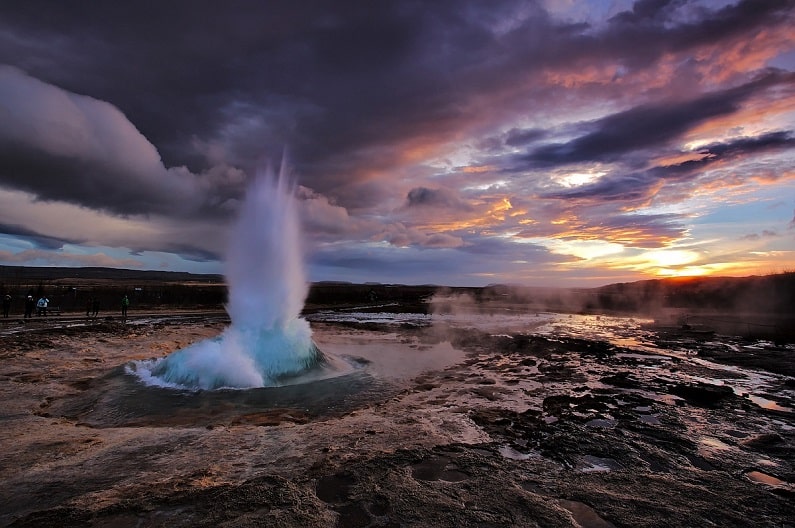
Geysers are boiling hot water or hot steam, emitting sulfur intermittently. You can see geysers, which means hot water springs in the Icelandic language and carry hundreds of liters of water to tens of meters in one eruption, only in Iceland in Europe.
